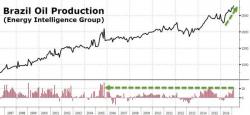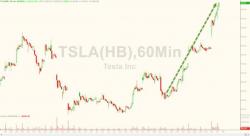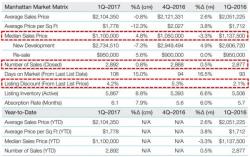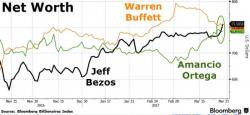Richmond Fed President Lacker Resigns After Admitting He Leaked Confidential Fed Information
We can now close the case on who leaked that confidential, market-moving data to Medley global back in 2012: it was Richmond Fed's Jeffrey Lacker, who previously was expected to retire in October, and is resigning immediately.
In a statement, Lacker confirms he revealed confidential FOMC information to Medley Global and that he lied to the Fed's general counsel on at least two occasions. His full statement is below:
Statement Of Dr. Jeffrey Lacker



